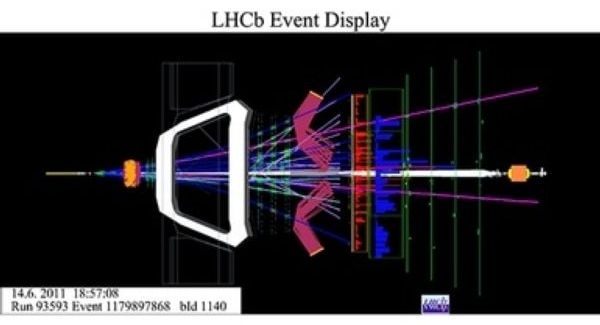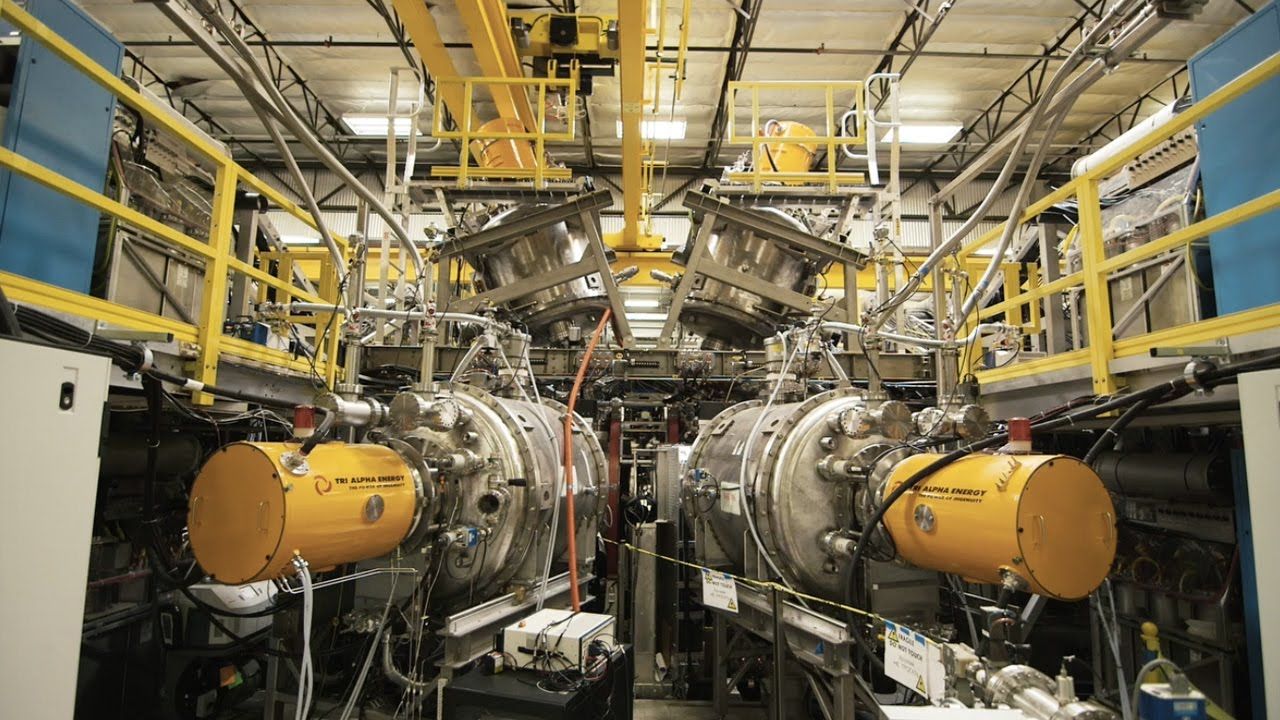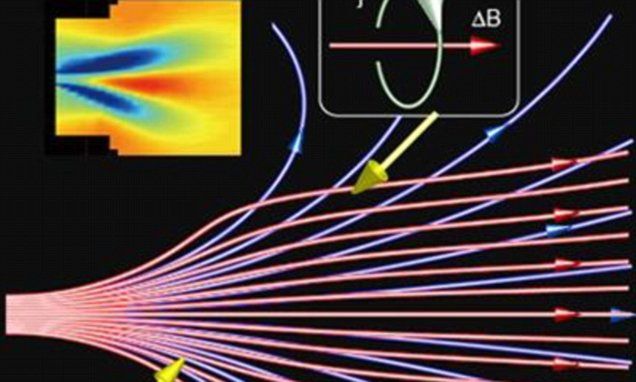You are very lucky that you ended up about the size that you are today, somewhere between one and ten feet tall and weighing somewhere between one and one thousand pounds. This is a very good size. Not to body shame, but if you were, say, a quadrillion times shorter and weighed a nonillion times less (that’s one followed by 30 zeros), that would be very inconvenient for you. Everything would be very inconvenient for you.
One thing you take for granted as a human-sized thing, for example, is that when you push things, they move forward. But a team of researchers realized that this is not necessarily the case if you zoom into the quantum world, where particles might decide to go backwards, no matter what kind of outside force you put on them.








